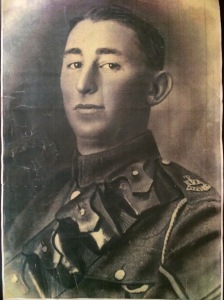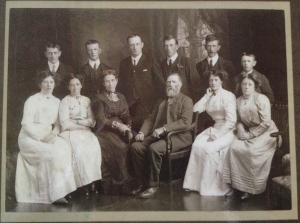Another pair of missing babies. Some ancestral patterns are cruel and totally heartbreaking.
My great-aunt Ethel was very young when she met Robert Wotherspoon. Aged 18, she and Robert welcomed their first child together, a little girl. Over the next few years, they got married and welcomed another daughter, although I’m not sure whether wedding or baby came first. Many years later, I n 1964, Ethel and Robert prepared for the arrival of more little feet into their family, this time twins. At around 6 months pregnant, Ethel went into labour and Campbell and James were born in July 1964 in Dumfries. My great-aunt, Ethel’s sister, told me the boys weighed just 1lb 2oz and 1lb 10oz at birth. With today’s medicine, the boys may have had a fair chance at surviving their first few weeks of life with the wonderful medical care that modern neonatal specialists are able to provide. Back then, babies born so prematurely had it much harder and the boys chances were very slim. Robert, aware of his sons’ likely fate, chose not to visit his sons’ in their hospital cots. He decided that he did not want to learn and remember their tiny faces if they were not going to survive. James died just a day old. Campbell followed him a week later, aged 8 days. Prematurity was listed as a factor in both of their deaths, their little lungs just not developed enough to survive outside of their mother’s body on their own.
Now adults, the boys’ eldest sister is particularly keen to find them. Ethel, my great-aunt suggested, had arranged for her sons to be buried together in the same coffin, which I though was heartbreaking but also incredibly fitting for them. That said, she also suggested that nobody attended a funeral. As such, nobody living know where the boys final resting place was, not even their sisters.
History repeats itself sometimes, in this case just one generation later. While it pains me to visit gravesides, I feel blessed every time I do because I have something to physically visit. The headstones are a stark reminder of the loved ones I’ve lost but they also mark where my loved ones chose to finally rest. I hope to help in the search for these two tiny boys to allow their sisters to grieve properly for them and hopefully offer them some closure and some connection to their lost little brothers.





